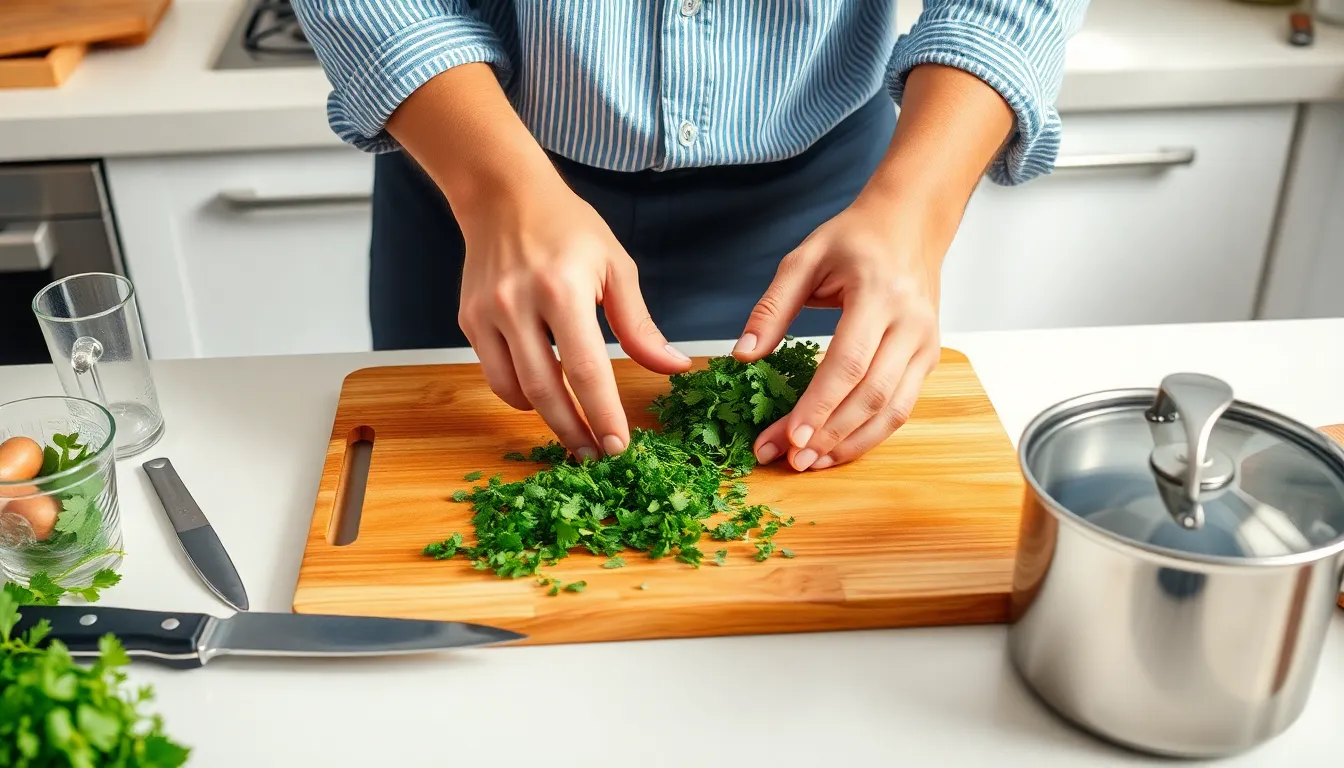Picture this: a cozy kitchen filled with the mouthwatering aroma of spices, laughter echoing off the walls, and a bubbling pot of falotani simmering away. If you’ve never tried your hand at cooking this delightful dish, you’re in for a treat. Falotani isn’t just food; it’s a culinary adventure that brings a burst of flavor to any table.
cooking falotani
Falotani is a beloved dish, celebrated for its unique flavors and rich cultural heritage. This culinary delight offers an exciting adventure for both novice and experienced cooks.
Origins and History
Falotani traces its roots to the Mediterranean region, influenced by various cultures over centuries. Originating in ancient times, its popularity spread through trade routes, allowing for diverse adaptations. Historical accounts show that this dish has evolved, incorporating local ingredients from the regions where it appeared. Traditionally enjoyed during communal gatherings, falotani symbolizes togetherness and hospitality. Their culinary techniques often highlight the importance of sharing food as a communal experience.
Key Ingredients
Key ingredients make falotani a distinctive dish. Fresh herbs like parsley and mint play crucial roles in enhancing flavors. Variety of spices, including cumin and paprika, adds depth to the overall taste. Bell peppers contribute a sweetness that balances the dish’s savory aspects. Utilizing grains like rice or bulgur forms a hearty base, while meats such as chicken or lamb provide protein. Some recipes feature vegetables like zucchini or eggplant, enriching the dish with texture and nutrition. These ingredients come together, creating a vibrant dish that appeals to many palates.
Preparation Techniques

Preparation techniques for cooking falotani involve a blend of essential cooking tools and a structured step-by-step cooking process.
Essential Cooking Tools
A sharp knife allows for precise chopping of vegetables. A cutting board provides a stable surface for preparation. Heavy-bottomed pots retain heat well, ensuring even cooking. Wooden spoons help stir ingredients without damaging the cookware. Lastly, measuring cups and spoons facilitate accurate ingredient proportions. Each tool plays a crucial role in achieving the authentic falotani flavor that characterizes this dish.
Step-by-Step Cooking Process
Start by gathering all ingredients to streamline the cooking experience. Chop the fresh herbs and vegetables as the first step. Sauté the aromatics to release their flavors before adding the grains or meats. Slowly incorporate spices, allowing them to infuse and enhance the dish. Stir occasionally to prevent sticking. Simmer the mixture until everything is tender and well-combined. Finish by plating the falotani and garnishing with additional herbs for a vibrant presentation. Each step builds on the last, contributing to a delicious final product.
Common Variations of Falotani
Falotani showcases diverse variations across different cuisines, reflecting regional influences and local ingredients.
Regional Differences
Regional variations of falotani offer distinct flavor profiles. In coastal areas, seafood often enhances the dish, incorporating flavors of the ocean. Spicy versions frequently emerge from Mediterranean regions, featuring robust chilies and peppers. Urban centers may adapt falotani with unique ingredients found in local markets, resulting in unique twists. Fresh herbs play a significant role across all regions, enhancing the aroma and taste. Each locale adds its cultural touch, making falotani a vibrant culinary experience.
Unique Twists
Unique twists on falotani provide creative ways to enjoy traditional flavors. Chefs might include exotic spices from Asian traditions, introducing a new dimension. Some variations incorporate grains like quinoa or farro instead of standard rice, reinforcing both texture and nutritional value. Vegetable-based versions cater to plant-based diets, with an emphasis on seasonal produce. In gourmet settings, gourmet cheeses and artisanal breads could accompany falotani, enhancing presentation and flavor. These adaptations reflect a dynamic culinary landscape while maintaining the essence of the original dish.
Serving Suggestions
Serving falotani opens up a world of possibilities. Enhancing the dining experience enriches both taste and presentation.
Traditional Accompaniments
Traditional sides elevate falotani’s flavors. Options include tangy tzatziki, fresh salads, or a platter of warm pita bread. Hummus adds a creamy texture and contrasts beautifully with the spices in falotani. Olives and pickles introduce a briny note, making each bite exciting. These accompaniments provide balance, ensuring a delightful tasting experience during communal gatherings.
Creative Presentation Ideas
Creative presentation ideas transform falotani into a visual delight. Arranging falotani on a vibrant, large platter creates an inviting centerpiece. Garnishing with fresh herbs or edible flowers adds color. Serving in individual bowls offers a personal touch. Incorporating colorful sides like roasted vegetables enhances the meal’s appeal. Using rustic wooden boards or elegant serving dishes sparks conversation among guests, enriching the overall dining experience.
final
Cooking falotani is more than just preparing a meal; it’s an experience that brings people together. The vibrant flavors and rich cultural heritage make it a dish worth mastering. Whether it’s enjoyed at a family gathering or a casual dinner with friends, falotani fosters connection and joy around the table.
Experimenting with variations and local ingredients can lead to exciting twists that keep the dish fresh and appealing. With the right tools and techniques, anyone can create a falotani that delights the senses. This dish not only satisfies hunger but also creates lasting memories, making it a true culinary treasure.



